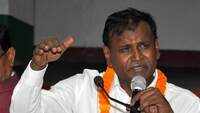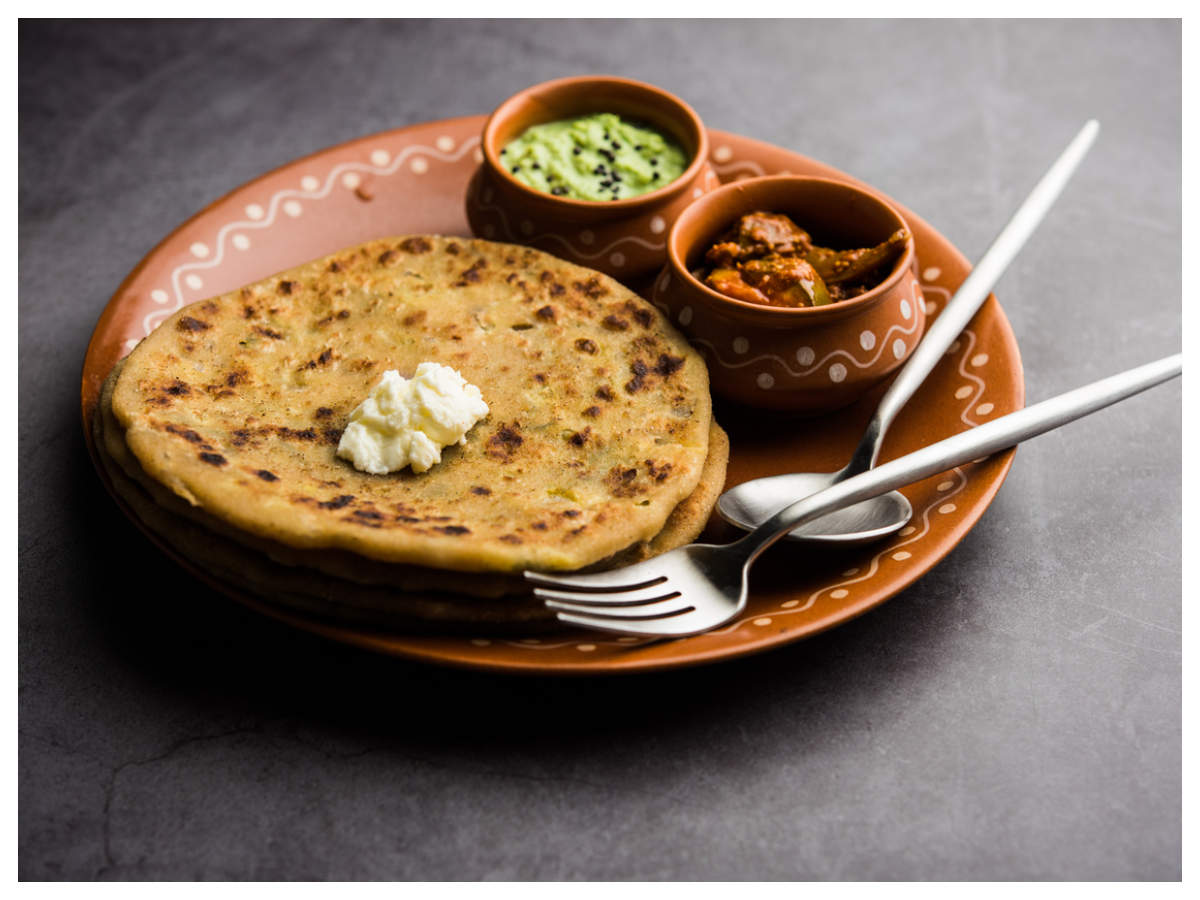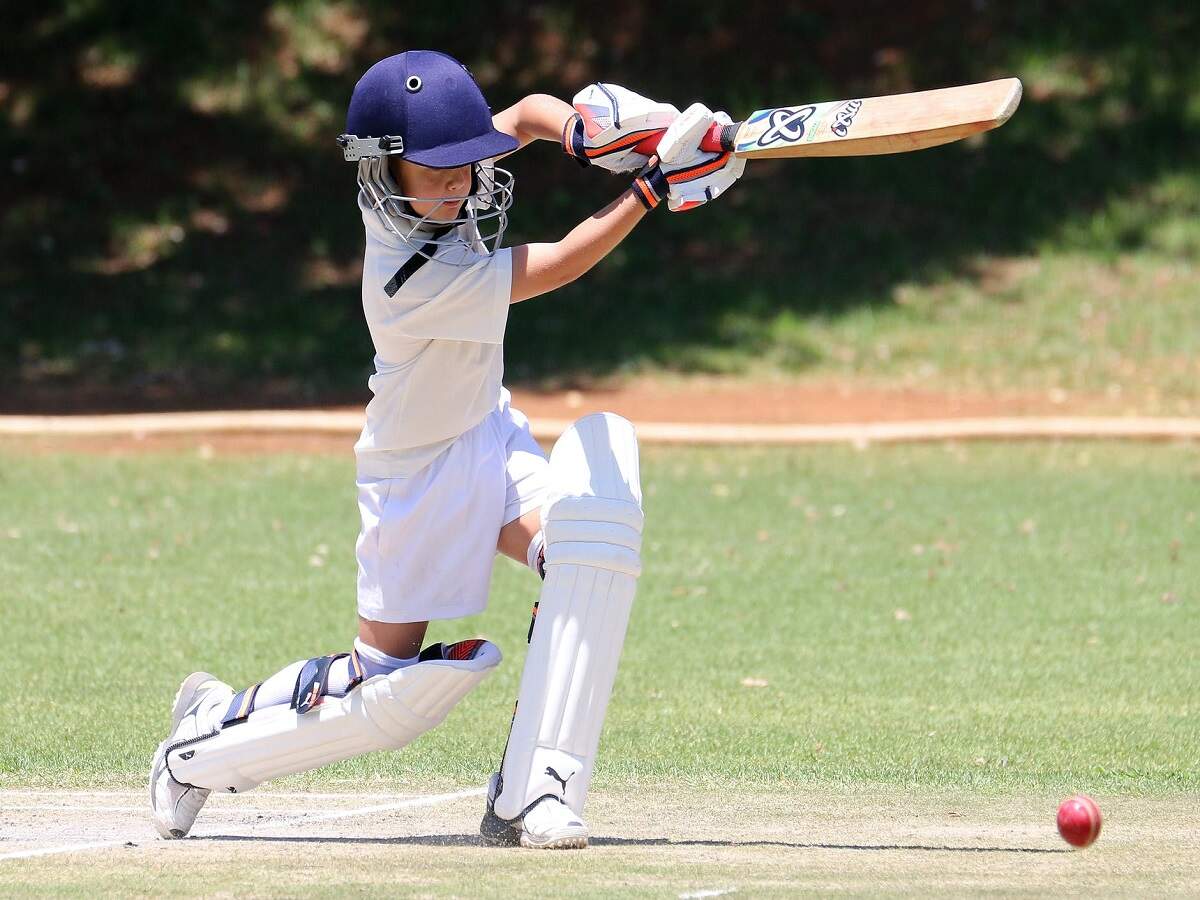
Ranchi: Well-off households in Jharkhand receive more than twice the share of government electricity subsidies than their poor counterparts, a survey by independent think-tanks the International Institute for Sustainable Development (IISD) and the Initiative for Sustainable Energy Policy (ISEP), has said but the state-owned power distribution company claimed that the survey report is flawed.
According to the state-wide survey, which covered over 900 households and the report of which was released earlier this month, said the richest two-fifths of households in the state received 60% of power subsidies while the poorest two-fifth households received only 25% subsidy.
The survey could represent a larger trend in India, where residential electricity subsidies are skewed towards the non-poor households, it said.
However, general manager of Jharkhand Bijli Vitran Nigam Ltd (JBVNL), Anjana Shukla Das told TOI, “I am not aware of the survey report but power subsidies in Jharkhand implemented since 2018 through a notification of the state energy department on June 1 of that year are inclined more towards the rural and urban poor vis-à-vis the affluent households.”
Notwithstanding the claims of Das, Shruti Sharma of ISD and co-author of the study in a statement said, “But our research shows that it’s the poorest who are receiving the smallest benefits.”
Sharma maintained that while energy access is vital for development, subsidies are provided so that electricity is made affordable.
According to the survey, electricity subsidies in Jharkhand vary between Rs 1 and Rs 4.25 per kWh, depending on the type of household and the amount of energy used which meant every kWh consumed receives some amount of government support.
The study pointed out that since wealthier households can afford to consume more, they capture a larger share of the benefits.
“According to this model, those consuming more than 800 kWh per month can receive up to four times more of the government support than those who use below 50 kWh,” Sharma said.
To improve the system, the authors of the study recommended rationalization of subsidies for rich households and targeting government support to poor households.
For Jharkhand, the researchers recommended that in the short term, given the impact of the Covid-19 crisis, subsidies can be removed only for households consuming more than 300 kWh per month. Once the economy recovers, the government should progressively reduce subsidies for blocks between 50 kWh and 200 kWh per month and exclude households that do not hold poverty ration cards. “The state-owned discom can save up to Rs 306 crore if this model is adopted,” the survey noted.
Das and other officials of JBVNL, the state-owned power distribution company, claimed that survey report is flawed. To justify their argument, they said a maximum subsidy of Rs 4.30 per unit has been allowed for agriculture while rural households are entitled to a subsidy of Rs 3 per unit of energy consumed.
On the other hand, urban domestic households consuming 0 to 200 units of electricity per month have been allowed a subsidy of Rs 2.25 per unit. For energy consumption in urban areas from 201 to 500 units, domestic households are allowed a reduced subsidy of Rs 1.50 per unit while those consuming 501 to 800 units have been granted a subsidy of Rs.1.25 per unit.
“No subsidy is allowed in case the monthly power consumption exceeds 800 units,” the power officials said.
The government further provides a subsidy of Rs 3 per unit up to 100 units for commercial establishments in rural areas. The subsidy decreases to Rs 2.75 per unit for power consumption above 100 units. However, no subsidy has been granted to urban commercial establishments and industries.
The officials pointed out that electricity subsidies have been graded in such a way to provide maximum relief to the rural and urban poor, lower middle class and the middle class.
According to the state-wide survey, which covered over 900 households and the report of which was released earlier this month, said the richest two-fifths of households in the state received 60% of power subsidies while the poorest two-fifth households received only 25% subsidy.
The survey could represent a larger trend in India, where residential electricity subsidies are skewed towards the non-poor households, it said.
However, general manager of Jharkhand Bijli Vitran Nigam Ltd (JBVNL), Anjana Shukla Das told TOI, “I am not aware of the survey report but power subsidies in Jharkhand implemented since 2018 through a notification of the state energy department on June 1 of that year are inclined more towards the rural and urban poor vis-à-vis the affluent households.”
Notwithstanding the claims of Das, Shruti Sharma of ISD and co-author of the study in a statement said, “But our research shows that it’s the poorest who are receiving the smallest benefits.”
Sharma maintained that while energy access is vital for development, subsidies are provided so that electricity is made affordable.
According to the survey, electricity subsidies in Jharkhand vary between Rs 1 and Rs 4.25 per kWh, depending on the type of household and the amount of energy used which meant every kWh consumed receives some amount of government support.
The study pointed out that since wealthier households can afford to consume more, they capture a larger share of the benefits.
“According to this model, those consuming more than 800 kWh per month can receive up to four times more of the government support than those who use below 50 kWh,” Sharma said.
To improve the system, the authors of the study recommended rationalization of subsidies for rich households and targeting government support to poor households.
For Jharkhand, the researchers recommended that in the short term, given the impact of the Covid-19 crisis, subsidies can be removed only for households consuming more than 300 kWh per month. Once the economy recovers, the government should progressively reduce subsidies for blocks between 50 kWh and 200 kWh per month and exclude households that do not hold poverty ration cards. “The state-owned discom can save up to Rs 306 crore if this model is adopted,” the survey noted.
Das and other officials of JBVNL, the state-owned power distribution company, claimed that survey report is flawed. To justify their argument, they said a maximum subsidy of Rs 4.30 per unit has been allowed for agriculture while rural households are entitled to a subsidy of Rs 3 per unit of energy consumed.
On the other hand, urban domestic households consuming 0 to 200 units of electricity per month have been allowed a subsidy of Rs 2.25 per unit. For energy consumption in urban areas from 201 to 500 units, domestic households are allowed a reduced subsidy of Rs 1.50 per unit while those consuming 501 to 800 units have been granted a subsidy of Rs.1.25 per unit.
“No subsidy is allowed in case the monthly power consumption exceeds 800 units,” the power officials said.
The government further provides a subsidy of Rs 3 per unit up to 100 units for commercial establishments in rural areas. The subsidy decreases to Rs 2.75 per unit for power consumption above 100 units. However, no subsidy has been granted to urban commercial establishments and industries.
The officials pointed out that electricity subsidies have been graded in such a way to provide maximum relief to the rural and urban poor, lower middle class and the middle class.

Coronavirus outbreak
Trending Topics
LATEST VIDEOS
City
 Shocking: Delhi fake cab app racket busted: 1,000 duped of Rs 250 crore
Shocking: Delhi fake cab app racket busted: 1,000 duped of Rs 250 crore  Congress leader Udit Raj launches scathing attack on UP CM Yogi Adityanath
Congress leader Udit Raj launches scathing attack on UP CM Yogi Adityanath  'Terror factory' red-flagged: 3 Jammu and Kashmir teachers held under PSA, school faces terror scan
'Terror factory' red-flagged: 3 Jammu and Kashmir teachers held under PSA, school faces terror scan  Mumbai power outage: Fire in generator set at Apex Hospital; 1 dead
Mumbai power outage: Fire in generator set at Apex Hospital; 1 dead
More from TOI
Navbharat Times
Featured Today in Travel
Quick Links
Get the app



